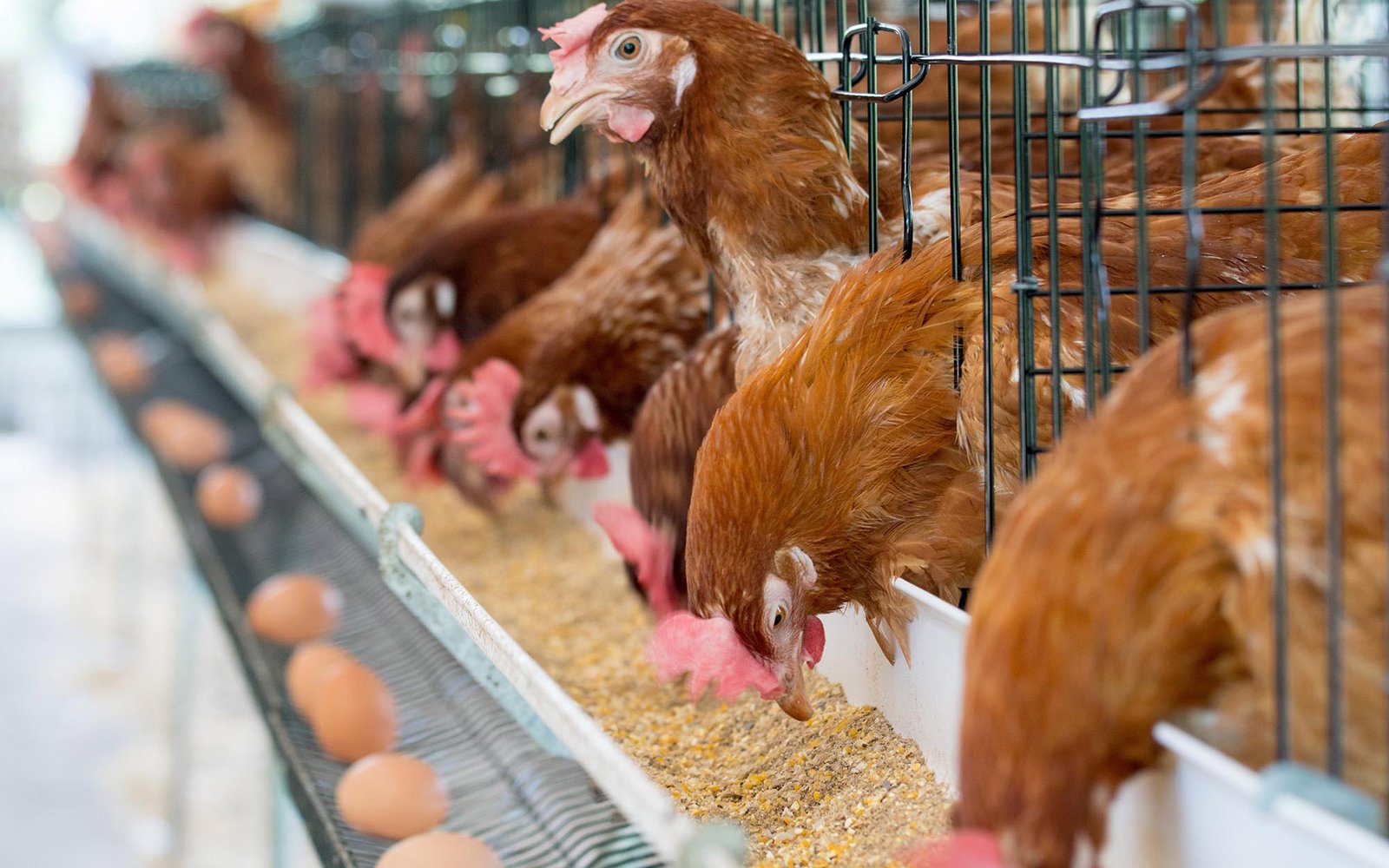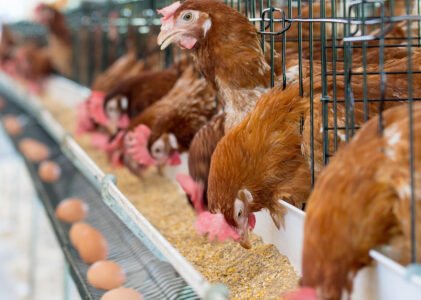By-product obtained after the extrusion and pressing process. It is a concentrate with an important protein content, usually between 40 and 47% on dry substance.
The extrusion process is the only one able to cook, expand, sterilize, partially dehydrate, stabilize, and texturize grains in general and oilseeds in particular. The soy flour has an oil content ranging between 5 and 8%.
In the extrusion process, when the temperature rises, the structure of the protein is modified -gelatinization- which favors its digestibility.
The extrusion and press processes, well controlled -high temperatures for a short period of time- provide more digestibility, with less protein damage and higher content of essential amino acids, mainly lysine.
Soy flour is practically not used for direct human consumption, is used as an ingredient in the formulation of animal feed rations and therefore its composition may affect productive yields (e.g. weight gain, milk production, eggs, etc.). It is possible to place it directly in the same trough used for the other components of the diet or to be mixed in a mixer.
For reasons of a better use in its digestion, it would be optimal if at the time of ingesting the extruded one there is at the same time energy and fiber available in the rumen.
The use of soya meal has grown considerably in recent years, due to the ban by control bodies (SENASA) on the use of meat meal in many by-products, which was an exceptional source of animal protein, but unfortunately very risky in disease transmission. This led to the gradual replacement of this traditional component with another high vegetable protein.


